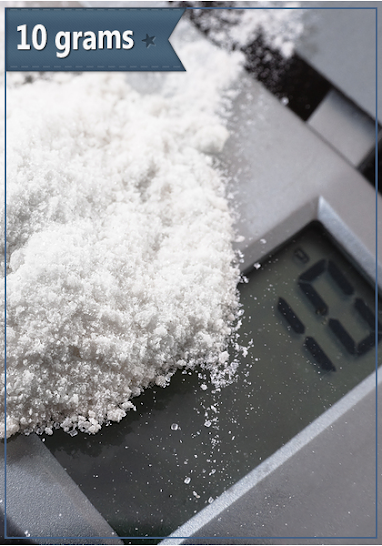Ethylone Drug Related To The Logically Occurring Khat Plant.
What is ethylone?
Ethylone is a synthetic cathinone, a group of drugs related to the logically occurring khat plant. ethylone bk MDEA is also an empathogen. Empathogens increase an individual’s feeling of understanding and compassion and increase feelings of being socially accepted by and connected to others. Its effects are like other stimulant and empathogenic drugs like MDMA, cocaine and amphetamines.
What does ethylone look like?
Ethylone can be a transparent crystal or a white powder. Other names of ethylone is Bath Salts, plant food, research chemicals, bk-MDEA, MDEC, and methylenedioxy-N-ethylcathinone.
How is ethylone used?
Investigations on how ethylone bk MDEA is used is incomplete. Nevertheless, it is described that synthetic cathinones are most normally snorted or swallowed. Inserting, smoking, breathing in, and administering the drugs anally have also been reported.
Effects of ethylone
There is no safe level of drug use. Taking any drug always carries some risk. It’s indispensable to be careful when ingesting any drug. Ethylone can affect everyone differently based on the following:
- the amount taken
- a person’s dimensions, weight and health
- whether the person is accustomed to taking it
- timings the drugs are taken
- the strength of the drug (it can differ from one batch to another)
- atmosphere (where you take the drug)
5 methyl bk MDEA novel stimulant drugs
As with other novel psychoactive substances (NPS) arrangements, novel stimulants and novel hallucinogenic identification and proliferation have been well characterised and watched throughout recent years. Families of novel stimulant drugs founded on the 5 methyl bk MDEA (beta-keto amphetamine) structure, some with mind-altering or mood-heightening empathogenic, entactogenic or overjoyed effects, were among the first surfs of NPS recognised in Europe.
5 methyl bk MDEA described having less intense effects
While these classes of compounds were initially described to have less intense effects than old-style intoxicating/psychedelic drugs, such as 3,4-methylenedioxymethamphetamine (MDMA), reports of opposing events continue to seem, and potency data for these novel complexes are often missing in human subjects or unavailable. Nevertheless, novel stimulating and hallucinogenic drugs continue to be recognised in toxicological casework on an unvarying basis, and the most widespread analyte in these classes varies from year to year.
Novel amphetamines are referred to by structural arrangements, including amphetamine, phenethylamine and cathinone sub-classes, though the terminology has noteworthy. There are additional sub-classifications to those previously mentioned 5 methyl bk MDEA. Still, one of the most popular is the replaced beta-keto-methylenedioxy-amphetamines, whose popular names end in “-lone” and include methylone, dimethylone, ethylone, butylone, pentylone and many others.



Comments
Post a Comment